Are you new to the world of electric cars? Learn everything you need to know about EVs, from how they work to the benefits of owning one in this thorough guide.
The history of electric cars
Electric cars have come a long way since their inception in the 1820s with the first electric car created in 1828. It is surprising to learn that New York had a fleet of Electric taxis at the start of the 1900s that used switchable batteries and the city had more electric taxis than internal combustion engined vehicles.
However, It wasn’t until the 1990s that the modern electric car began to take shape due to the growing concern about the environmental impact of the internal combustion engines polluting nature.
This meant that more people began to search for cleaner and more sustainable alternatives. Automakers began to develop electric cars with more advanced battery technology, developing batteries with longer ranges and better-performing vehicles and improved regenerative braking.
In 1996, General Motors released the EV1, the first modern mass-production pure electric car. However, the EV1 was only available through a leasing program and was eventually discontinued.
It wasn’t until the release of the Tesla Roadster in 2008 that the electric car gained popularity. The Roadster had a range of 245 miles, which was a significant improvement from previous models.
Most traditional internal combustion engine automakers have entered the market with their own electric vehicles since, with a number of new developers also emerging. The growing competition has meant longer ranges, improved battery technology as well as advancements in charging infrastructure across the world as well as a reduction in the overall price of the technology.
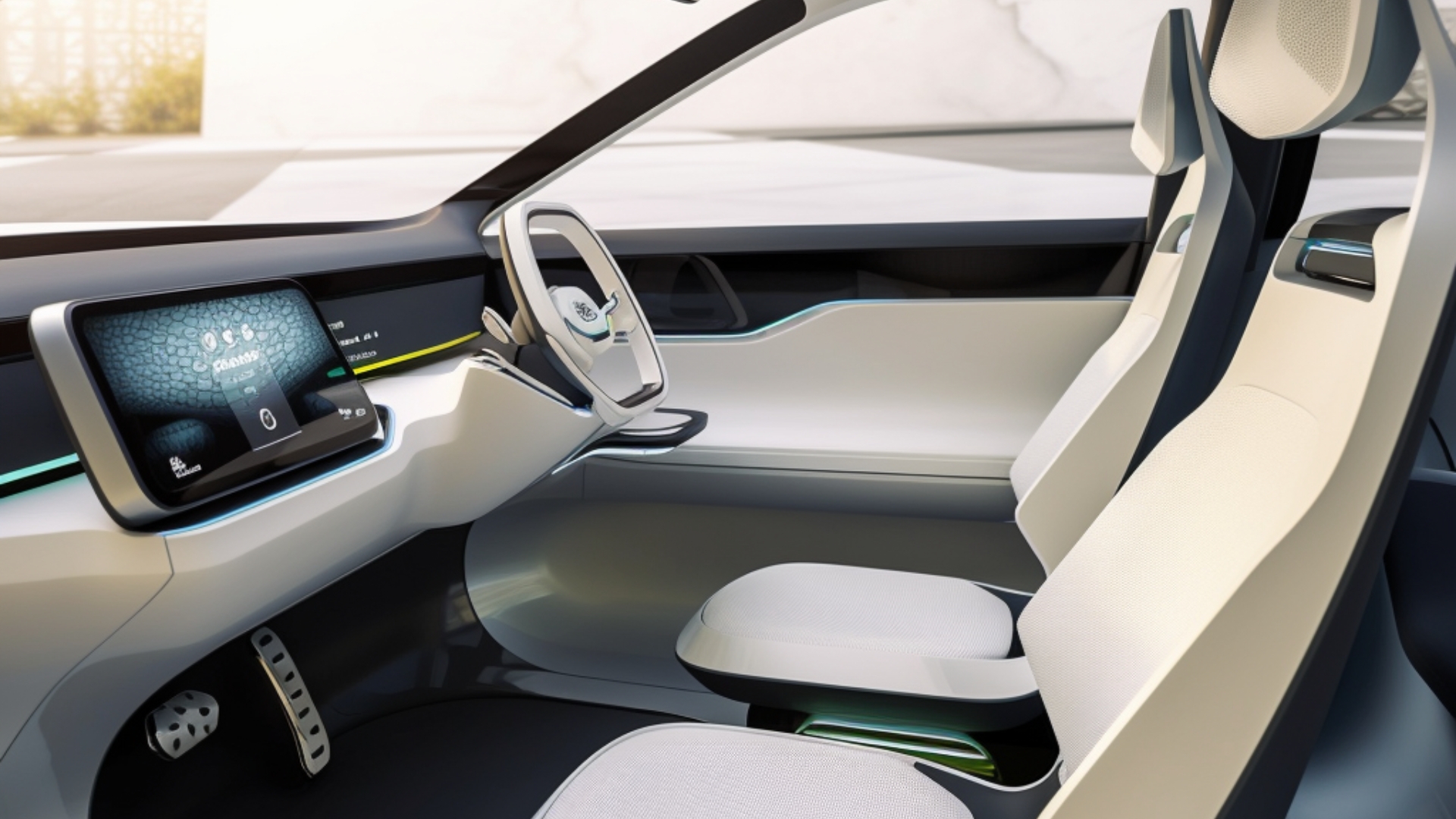
Today, there are thousands of charging stations across the globe, making it easier for electric car drivers to travel longer distances. There are also many home charging options available.
How electric vehicles work
Fully electric cars or electric vehicles (EVs) use electric motors and a rechargeable battery pack to power motors to let them drive. Unlike petrol or diesel-powered vehicles, they don’t rely on fossil fuels.
Full electric vehicles emit zero emissions when driving, making them, in the main, a cleaner option for the planet with no harmful fumes or pollution from the vehicle.
Now, you might be wondering how these electric cars work. Well, it’s pretty simple, really. When you charge an electric car, you’re essentially filling it up with electricity instead of petrol.
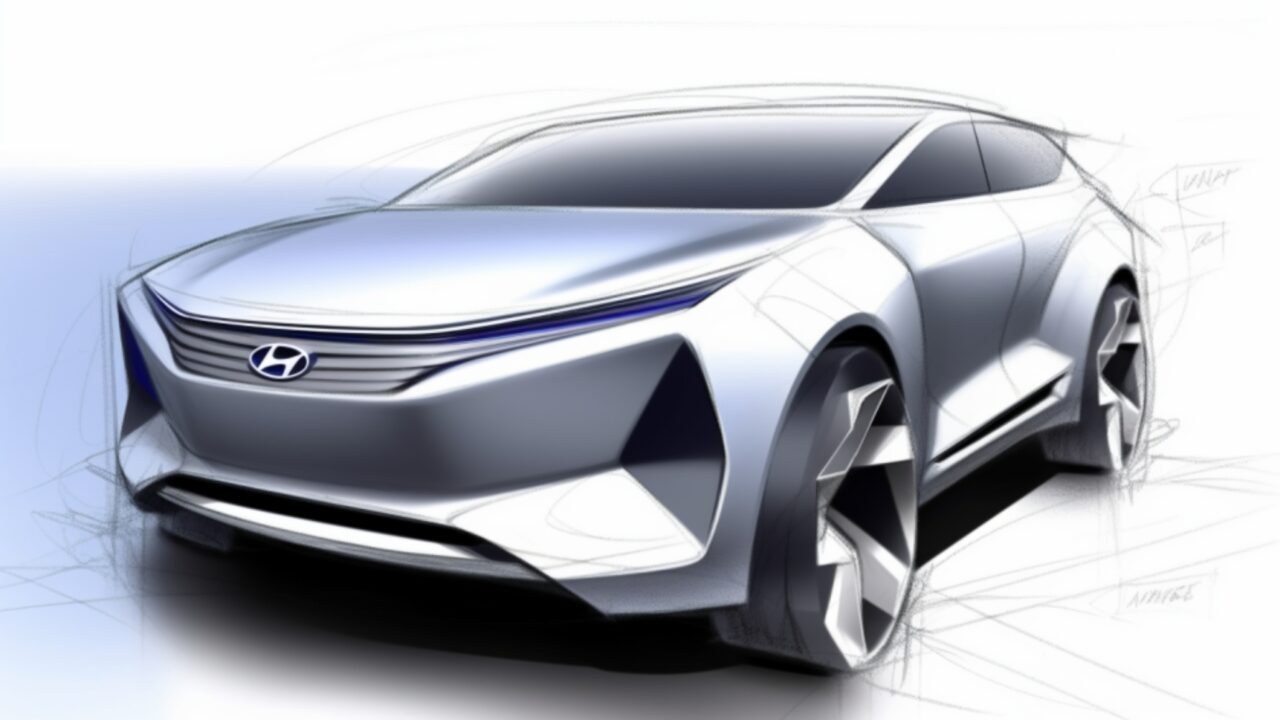
Just like a petrol car has an engine, an electric car has an electric motor that powers its wheels. This setup is much simpler than that of a traditional car, which has hundreds of parts that need to work together including a gearbox to convert engine revolutions to higher speeds.
Types of electric vehicles
There are also different types of electric cars to choose from, including Battery Electric Vehicles (BEVs), Plug-in Hybrid Electric Vehicles (PHEVs), Fuel Cell Electric Vehicles (FCEVs), and Extended-Range Electric Vehicles (E-REVs).
Battery Electric Vehicles (BEVs) are perhaps the most popular type of electric car. They rely solely on electricity to power their vehicle. BEVs are powered by a large battery that needs to be charged. BEVs are more environmentally friendly and are much quieter and smoother to drive than their traditional counterparts. They are also generally cheaper to run and require less maintenance.
Plug-in Hybrid Electric Vehicles (PHEVs) have a combustion engine and an electric motor, and the use depends on the driving situation and style as well as how much electrical energy is stored in the small battery.
Some hybrid vehicles can be charged by plugging into an electric outlet and they also take petrol or diesel when the battery is depleted. These have the added reassurance of a petrol or diesel backup but make them very heavy and not as efficient to drive.
Fuel Cell Electric Vehicles (FCEVs) use hydrogen fuel cells to generate electricity to power electric motors. FCEVs are a newer type of electric car and can be difficult to operate due to a lack of fuelling points.
Extended-Range Electric Vehicles (E-REVs) are similar to PHEVs with a larger battery and a smaller combustion engine used to generate backup electricity when the battery is depleted. Because of this, E-REVs typically have a longer range than BEVs and many black taxis in London and elsewhere use these vehicles.
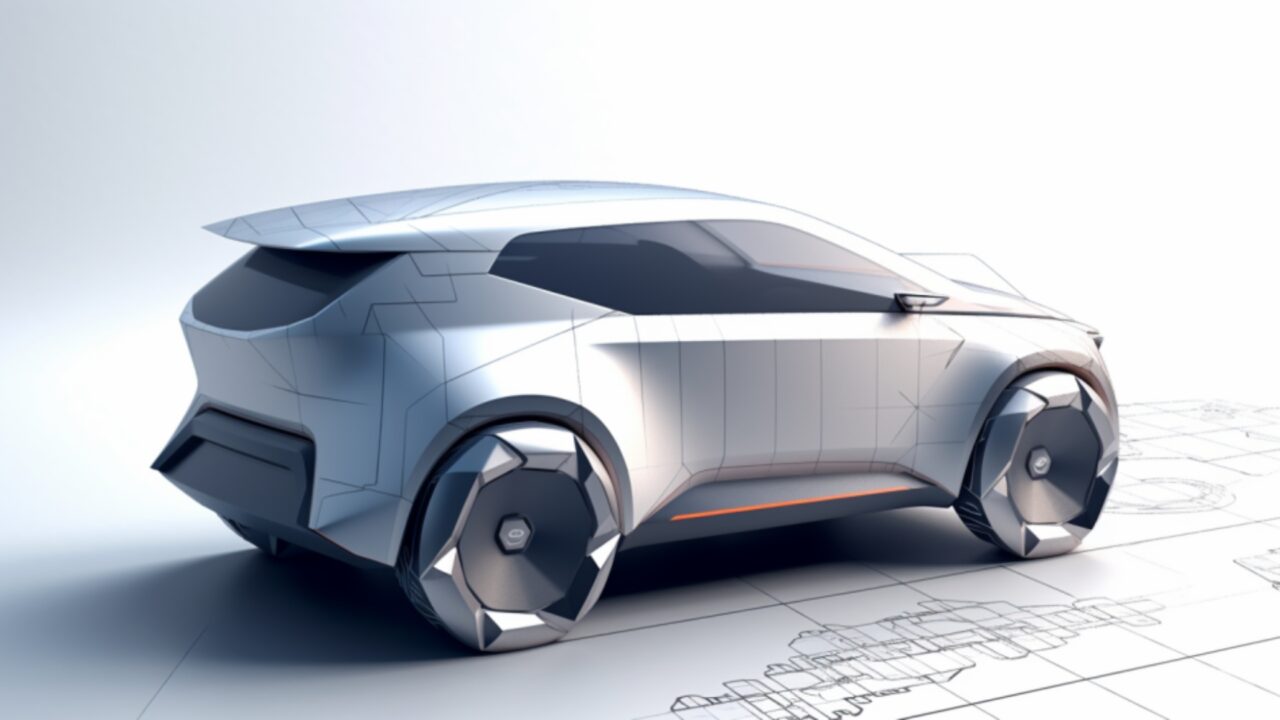
How do you charge an electric car?
You can charge your electric car at any compatible charging point, whether at home or out and about. You can charge an EV with a three-pin home charger but this will be slow. A home wall box charger can be installed or you can use public charging stations.
Three-pin home chargers plug directly into your sockets at home, but this method takes longer and may not be safe for all homes. Home wall box chargers are dedicated charging points installed at your address and are the quickest way to charge at home.
Public EV charging points are increasingly widespread at locations such as supermarkets and workplaces as well as on many streets. Rapid chargers are also more widely available with some capable of fully charging applicable cars in less than half an hour.
To charge an electric car, you need to park it close to a charging point, open the charging port and plug in the right connector. Charging times will differ depending on the type of charger you are using and you’re car’s battery capacity as well as the amount of charge in the battery.
Overall, an electric car is a cleaner, more efficient, and more sustainable alternative to traditional ICE vehicles. As the demand for electric vehicles increases, more advancements in technology will be made as well as lower prices. Additionally, more charging infrastructure will make them an even more accessible and practical option for most drivers.
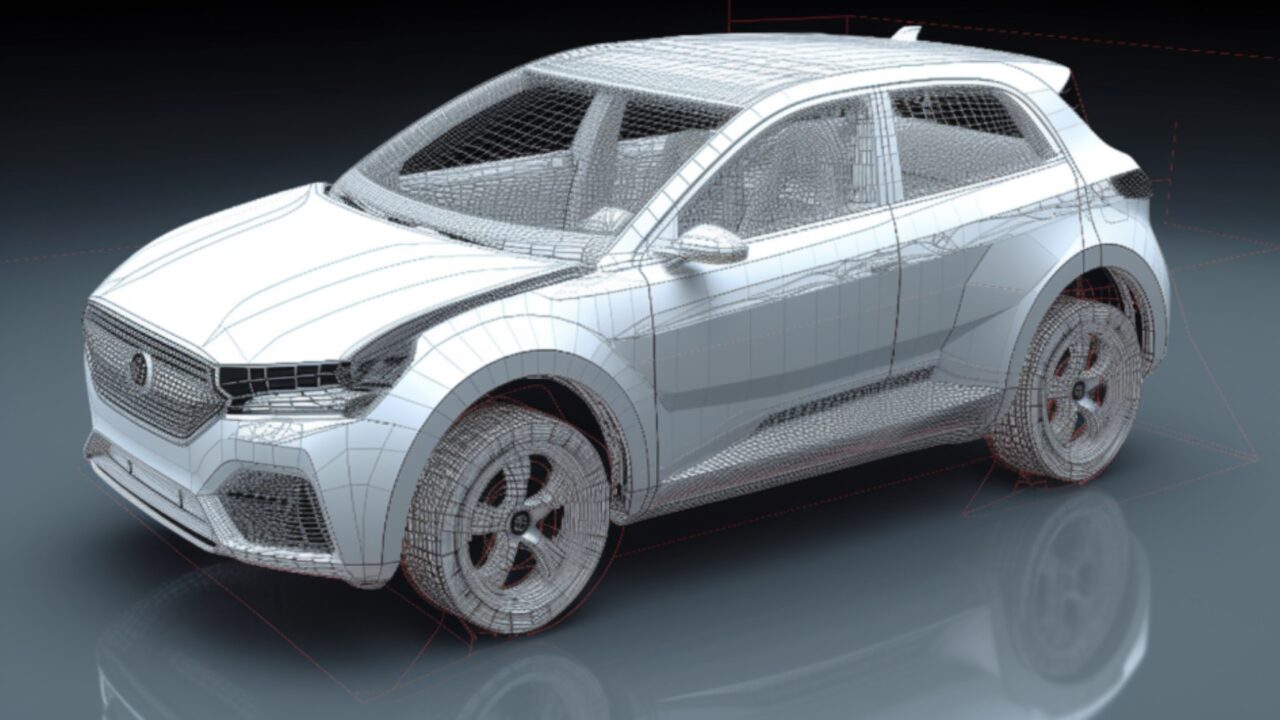
The rise of electric cars is a testament to our growing concern for the environment and our desire for sustainable alternatives to traditional ICE vehicles. With advancements in battery technology and charging infrastructure, electric cars are becoming a more practical option for most drivers.
The shift to electric cars is not a silver bullet solution, but rather a step towards a more sustainable future that requires continued innovation and thoughtful consideration.
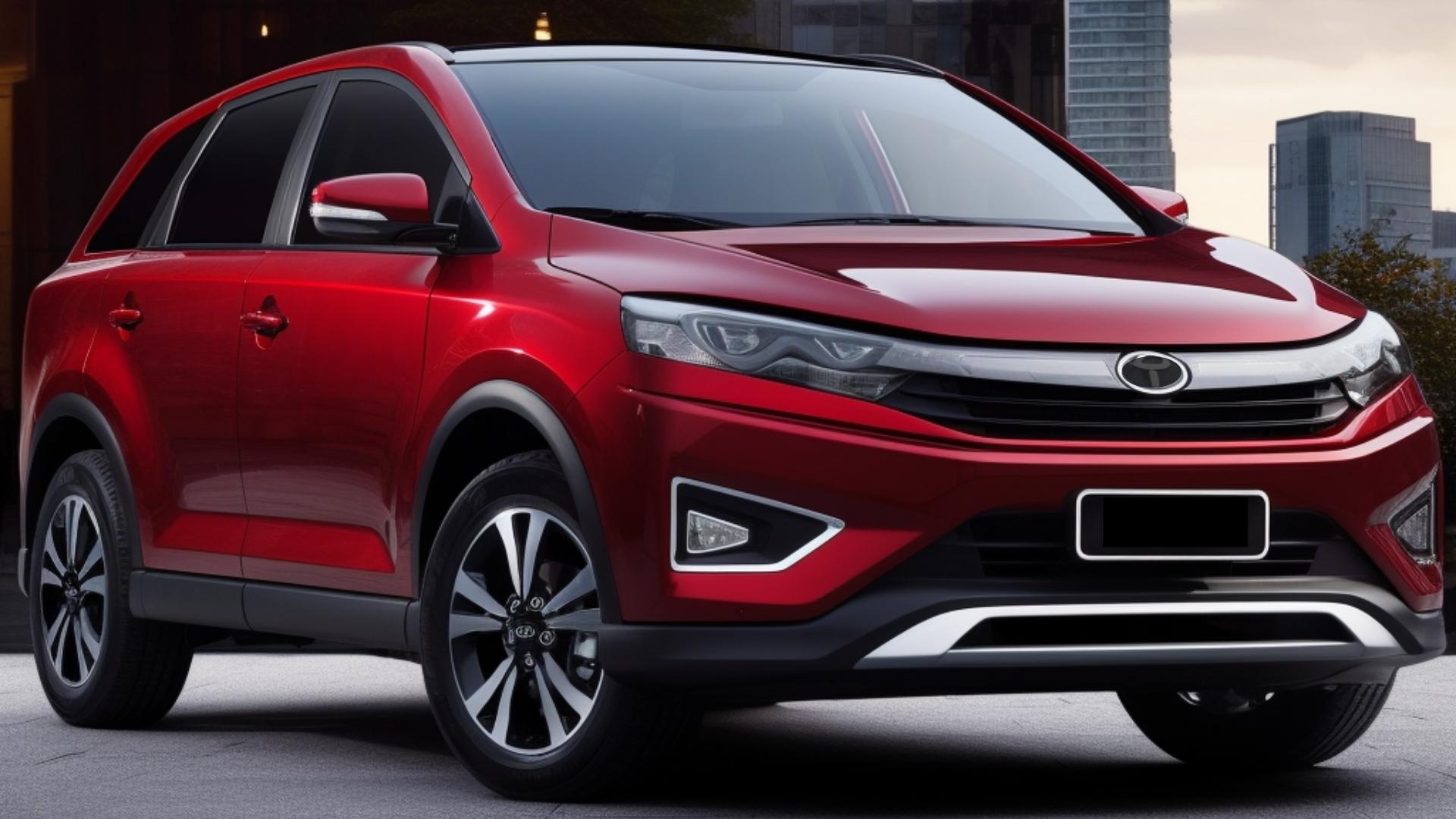
1 thought on “A Beginner’s Guide to Electric Cars”
Comments are closed.